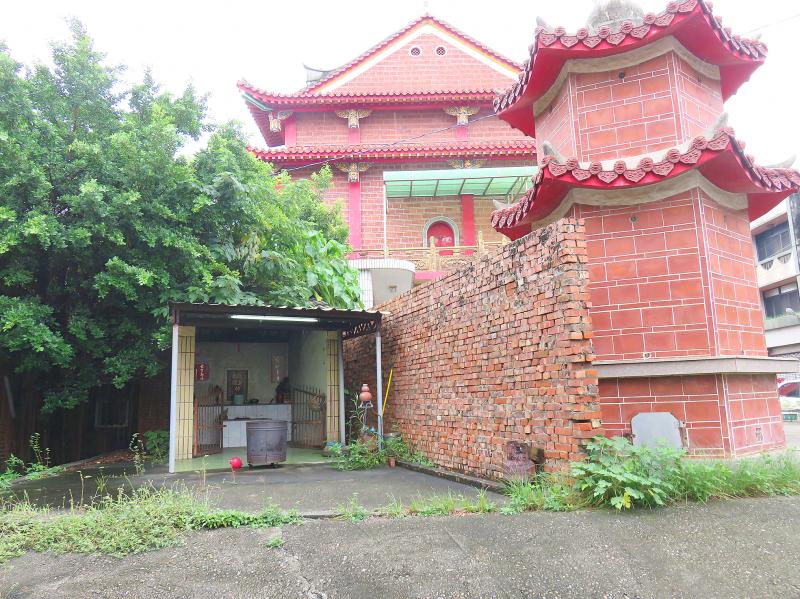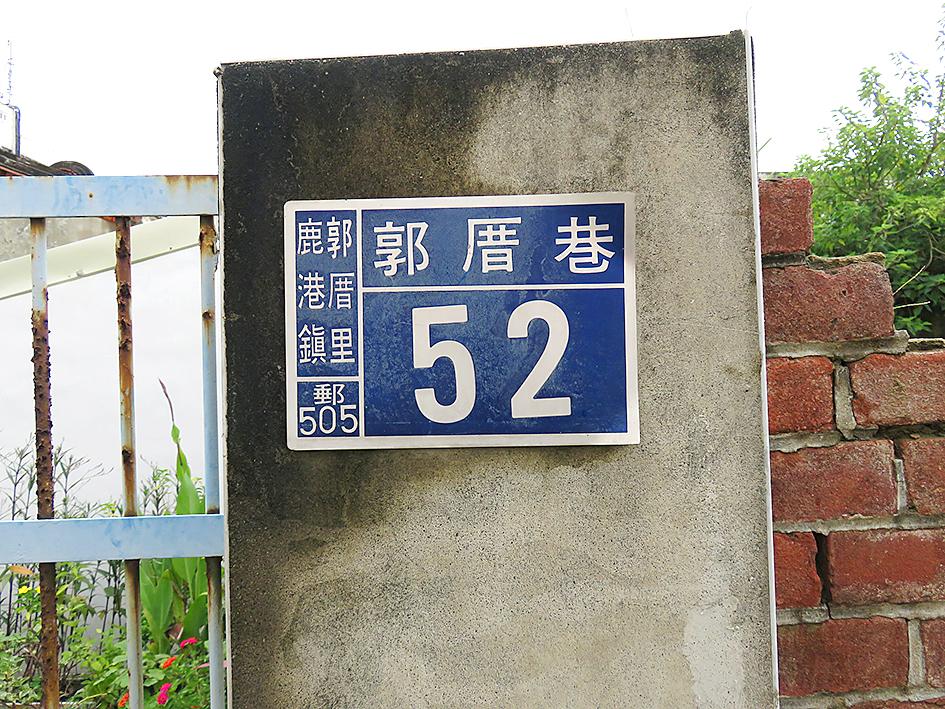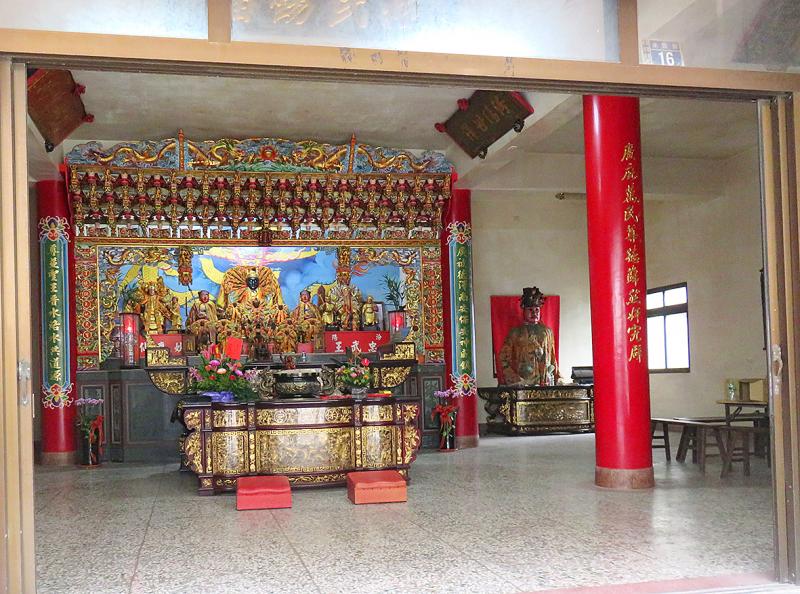One often hears that the people of Taiwan are 98 percent Han, a complicated cultural term that is often used to imply a certain genetic relationship as well. Yet among the pre-1949 population of Taiwan, roughly 45 percent are descended from immigrants from Quanzhou (泉州) in China. Who might these people be?
In medieval times Quanzhou was one of the world’s greatest ports, a melting pot of peoples from India and northeast, southeast and central Asia, along with Han and other peoples we now identify as “Chinese.” Merchants from Quanzhou competed in the southeast Asian textile trade, shipping cottons from India and silks from China, and their domination was so complete that in the pre-modern era commercial terms in many southeast Asian languages were either of Chinese or Indian origin. The wealthy Indian merchant community there erected a Hindu temple in Quanzhou, with Tamil merchants building temples to Shiva and Vishnu. It is worth noting that Quanzhou was so ignorant of Taiwan, just a few days sail away, that camphor was obtained from islands south of Philippines, though it existed in abundance in Taiwan.
MUSLIMS OF QUANZHOU

Photo: Michael Turton
Central Asia poured immigrants into the city. Quanzhou eventually hosted an enormous Muslim population, well over a hundred thousand in its heyday when something like a million people inhabited the sprawling port. Muslim and Nestorian Christian inscriptions are known, and outside what is now Fujian city, in Jinjiang, there is a Manichean temple now reconstructed as a Buddhist temple.
During the Yuan Dynasty the Mongols stationed foreign troops there, who were allied to the local Persian community. As the Yuan waned they rose against the Mongol leadership in a 10 year revolt known as the Ipsah rebellion. The immediate cause of this revolt in a city in what is now China was Muslim disapproval of the construction of a Hindu temple.
The Chinese settlers of Taiwan are often presented to outsiders as “Han” but it is striking to imagine all the ethnicities, identities and descent relationships that are swallowed up in that Borg-like identity. Surely in Taiwan there are Quanzhou-descended people with distant ancestors who were Persians Manicheans or Tamil merchants worshipping Shiva or ambitious Muslim traders from Central Asia.

Photo: Michael Turton
By the 14th century the Muslim communities, both Chinese and foreign, in Quanzhou were the most prosperous. Today in the area around Quanzhou are entire villages who claim descent from Arab merchants. Centuries later some of these families, fallen in wealth and prominence, but still Muslim, would make their way to Taiwan.
THE KUOS OF LUGANG TOWNSHIP
In Changhua County’s Lugang Township (鹿港) there is a place called Kuocuo Borough (郭厝). Early in the Qing the Kuos (郭) of Baiqi (百崎) outside Quanzhou sent a branch across the Strait to settle in Lugang. Six branches of the Kuos — four branches that are part of one lineage from Baiqi, one branch composed of Kuos who are not in the main branches, and a sixth branch composed of people with the Kuo surname who are not related to the Kuos of Baiqi (they come from Rihu and also trace their ancestry to the family’s mythical founder, the Tang General Kuo, Prefect of Fenyang, 汾陽) but who joined the family based on the common surname (common surnames are useful bases for relationships in Chinese society). These Kuos, who also sent family to settle in Philippines, began as Muslims, descendants of a Muslim merchant from Hangzhou. Today Baiqi is formally titled Baiqi Hui Ethnic Township (百崎回族鄉), in Huian (惠安) County in Quanzhou.

Photo: Michael Turton
By the 17th century these Kuos had lost their Islamic beliefs, though they are aware that they once were Muslims. The old among them still remember the purifying well outside the mosque in Lugang, both vanishing shortly before World War II. A few of the houses in the area have interesting architecture. This loss of religious identity is common among once-Muslim families in Taiwan. Though the island is often said to host 50,000 Muslims, there are many more families in Taiwan that were once Muslim and remember it only in ghostly ways, such as abstaining from eating pork before religious rituals. Most are now thoroughly “Han.” The Kuos of Lugang, for example, constructed a perfectly ordinary Chinese temple to honor their mythical ancestor, General Guo.
Japanese identities, more recent but systemically expunged by the Chinese Nationalist Party (KMT), are now fading as their holders die off. An old Taiwanese man once sang to me the Japanese national anthem, the Kimigayo, explaining carefully what each word meant, and sobbing his heart out as he did so. Seven decades after the Japanese gave up Taiwan, he still regarded himself as Japanese in his heart.
JAPANESE-ATAYAL CREOL
Such identities are generally well known to foreigners who have been here a while, but one lesser known Japanese-based identity is the Japanese-Atayal creole that emerged in Yilan in the 1930s. That creole, which uses many Japanese nouns but has grammar not known in either parent language, is not comprehensible to native speakers of Atayal or Japanese. The creole developed in language communities in Yilan into which Seediq and Atayal people had been shoved together by the Japanese, who regarded them as the same people since they spoke closely related languages. Peng Qiu, whose thesis is on these communities, argues that the language began as the two communities used Japanese pidgin as a lingua franca and later grew into a full-blown creole, likely the only Japanese-based creole in the world. Ironically, as Taiwanese aborigines reclaim their own identities, the burgeoning Atayal identity is erasing this creole. Soon, like so many other identities on Taiwan, it will become a ghost, perhaps preserved in rituals and phrases emptied of their original meanings.
Ghosts of aborigines past survive in many ways among the “Han.” A friend of mine told me his wife’s family referred to their grandmother using a word which they themselves did not know was aboriginal in origin. In Taichung’s Daya district (大雅), there are families that bury their dead in their backyard, an apparent echo of the aboriginal practice of burying the dead under the hearth. Local names like “old village” and “new village,” or “savage garden” and “savage road,” remind us who used to live there. Once, riding in the mountains, we stumbled across a gravesite that identified the man entombed therein as a “man of the land.” The grave was Chinese, but its occupant was likely an aborigine. A Shinto temple on the 149 south of Jhushan (竹山) houses graves whose dates indicate they likely house the remains of aborigines who were in the Japanese army, killed in the fighting on Okinawa.
These ghosts of identities past haunt us, still shaping our future here in Taiwan. If you listen closely to them, you will hear, not the clanging of chains, but the clamor for recognition of their contribution to building the modern identities that we call “Taiwanese.”
Long-time resident Michael Turton provides incisive commentary informed by three decades of living in and writing about Taiwan.

Taichung: a sprawling urban metropolis, an intelligent city of glimmering high-rises, an up-and-coming culture hub with a thriving art scene. Or at least, that’s what Instagram sold us. Disembarking from Taichung Station, things are looking more gray and certainly more dilapidated than promised. But evidence of change is on the horizon, and it feels like the city is yet to settle on an identity. Finding beauty instead in the contradictions of old and new, neglected and innovative, industrial concrete with pops of color, we give Taichung a day of our time — and the benefit of the doubt. From the

The next act needs no introduction: an endless sea of anticipating drag fanatics dressed in yellow banana motifs have waited months for this moment. Crowded shoulder to shoulder, clacking our neon yellow fans emblazoned U Better Werq, cheering our voices hoarse, collectively we scream: Nymphia! Wind! The spotlight pans to the spiral staircase left of stage, and atop stands Nymphia — the drag persona of Leo Tsao (曹米駬), who goes by he/him in everyday life, but she/her when in drag — in all her yellow glory: sparkling banana-yellow dress, trademark pin-straight canary wig and exaggerated winged-out eyeliner. The electric

June 3 to June 9 If you wanted a beer in Taiwan before 1987, it was almost certain to be Taiwan Beer — unless you had special connections. But by June of that year, consumers suddenly had nearly 100 types of foreign brews to choose from, with Heiniken, Budweiser and Miller among the major brands. The government still held a monopoly over production, delivery and sale of all local alcoholic beverages — a practice started in 1922 during the Japanese colonial era — but the lifting of the ban on foreign products on Jan 1, 1987 dealt a major blow to one

The legislature’s passage last week of the “reform” bills giving it the power to summon anyone and subject them to questioning, fines and perhaps imprisonment, over the objections of numerous civil society organizations and mass protests, may precipitate a whole series of constitutional crises, dividing society at a time when it must be most united in the face of the mortal threat from Beijing. KMT Caucus Convener Fu Kun-chi (傅?萁) announced after the passage of the bill that the legislature would form a special investigations unit and investigate the previous administration over vaccine purchases, eggs and other items. It appears